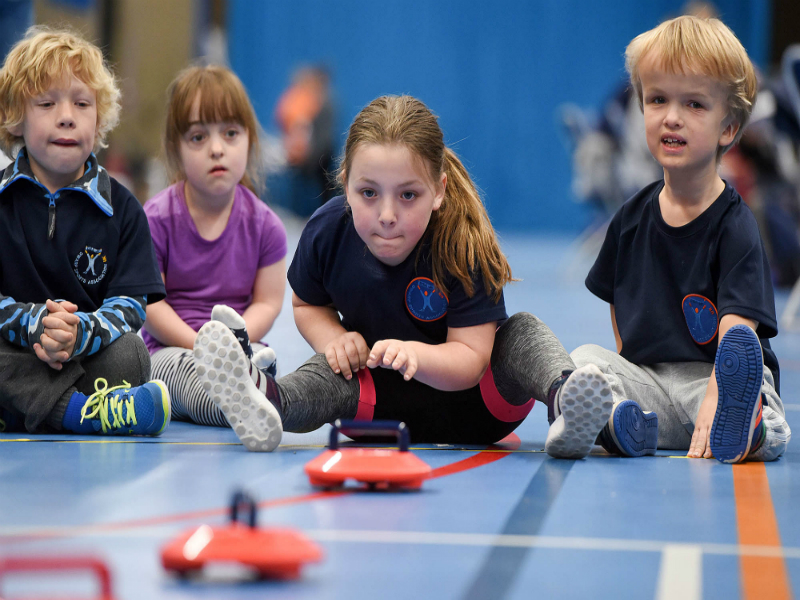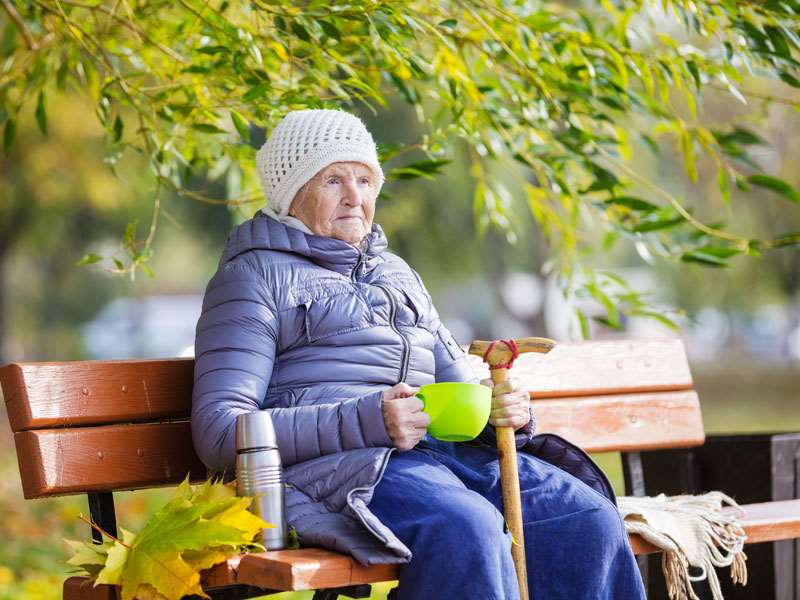Overview
Falls cost the NHS an estimated £2.3 billion each year, and are the leading cause of death from injury among people aged 65 or older in England. This course covers in depth topics around the signs, effects and responses of falls and fractures, from what causes a fall, the emotional and psychological effects, injuries, to what you can to do help reduce the risk of falls and how to respond to a fall. The course discusses the risk factors for a fall, such as medical conditions and nutrition, footwear to environmental hazards.
Audience
This course is aimed at anyone who wishes to learn about falls, and the methods that can be implemented to prevent falls and fractures for older people, specifically for those working within a care home, or home care environment such as community nurses.
About this course
The course is split into two modules:
• Signs, Effects and Responses
• Risk Factors
Objectives
In this course you will learn:
• The physical and emotional effects of a fall
• How to assess if someone is at risk of a fall
• How to respond if you find out that someone in your care has fallen
• The importance of assessing and addressing modifiable and non-modifiable risk factors for falling
• The main risk factors for a fall
• How to become aware of and respond to these risk factors
• The importance of educating those in your care on the best ways to avoid falling
• Why it is important to detect osteoporosis, or weakened bones
• How to avoid or treat osteoporosis
• The benefits of an individualised and multifactorial approach to preventing falls
Content
Here are some topics in the course:
The physical and emotional effects of a fall; How to assess if someone is at risk of a fall; How to respond if you find out that someone in your care has fallen; The importance of assessing and addressing modifiable and non-modifiable risk factors for falling; The main risk factors for a fall; How to become aware of and respond to these risk factors; The importance of educating those in your care on the best ways to avoid falling; Why it is important to detect osteoporosis, or weakened bones; How to avoid or treat osteoporosis; The benefits of an individualised and multifactorial approach to preventing falls





